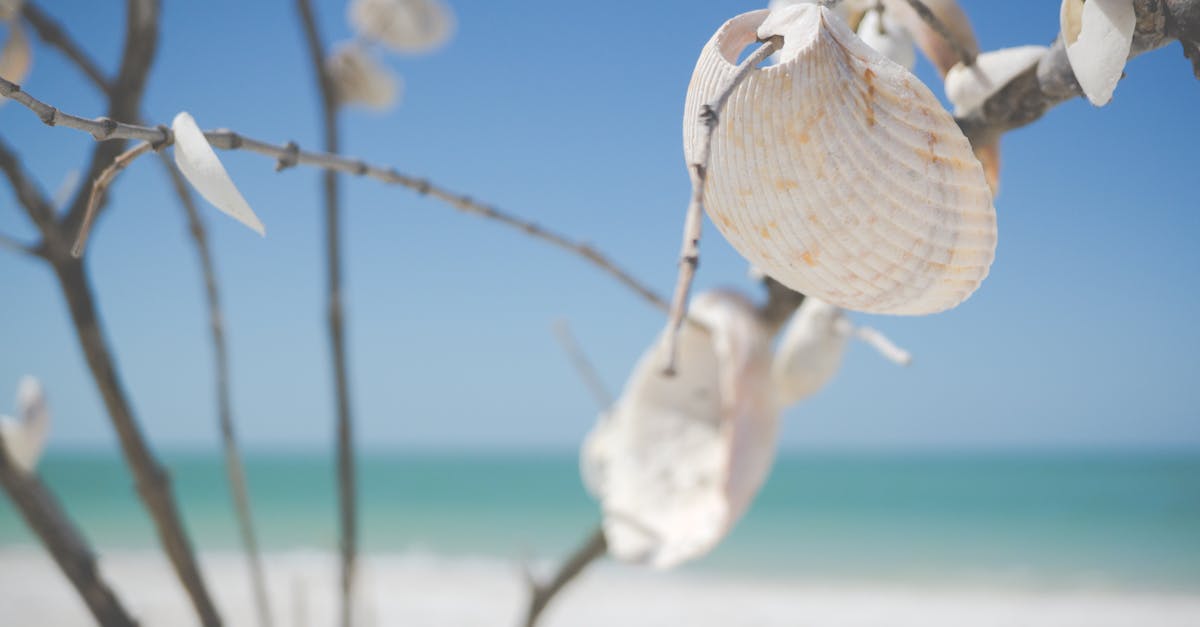If you’re eager to witness majestic whales frolicking in the waters off Florida’s coast, you’re in for an awe-inspiring treat.
Our guide will unveil the optimal time for whale watching on Florida beaches, ensuring you catch these incredible creatures at their finest.
We’ll investigate into the seasonal patterns and migration habits that dictate the best moments to witness these gentle giants in action.
Stay tuned to discover the prime window for an unforgettable whale watching experience in the Sunshine State.
Key Takeaways
- Winter (December to March) is the peak whale-watching season in Florida.
- The best months for spotting whales in Florida are January to March.
- Understanding whale migration patterns is crucial for maximizing sightings.
- Arriving early, using binoculars, and joining guided tours enhance the whale-watching experience.
- Choose the right Florida beach like Hollywood, St. Augustine, or New Smyrna for optimal whale watching.

Whale Watching Seasons in Florida
When planning a whale-watching excursion in Florida, it’s crucial to understand the seasonal patterns influencing these majestic creatures’ presence. Whale watching in Florida is highly dependent on the time of year. Here’s a breakdown of the whale watching seasons in Florida:
- Winter: December through March is the peak season for whale watching in Florida.
- Spring: April to June marks the end of the official whale watching season, with fewer sightings.
- Summer: July through September is not ideal for whale watching in Florida, as most whale species migrate elsewhere during this time.
- Fall: October and November signal the beginning of the whale watching season, with a gradual increase in sightings.
For more detailed information on the best times to spot whales in Florida, check out this official whale watching guide. It’s essential to plan your visit during the peak season for the best chances of witnessing these magnificent creatures in action.
Best Months for Spotting Whales
When it comes to whale watching in Florida, timing is everything. The best months for spotting these magnificent creatures are January to March. During this period, whales are more abundant, offering an unforgettable experience for visitors.
In January, humpback whales start their migration, followed by right whales in February and March. These months provide ample opportunities to witness these majestic animals up close.
Visiting during these months increases your chances of catching sight of breaching, tail slapping, and other awe-inspiring behaviors. Make sure to plan your trip accordingly to make the most of your whale watching adventure.
For more information on whale watching seasons and best practices, visit Florida Fish and Wildlife Conservation Commission.

Understanding Whale Migration Patterns
When it comes to whale watching in Florida, understanding migration patterns is key. Humpback and right whales travel to warmer waters during winter months, making January to March the prime time for spotting these majestic creatures. They migrate south to give birth and raise their calves in the subtropical waters off Florida’s coast.
Humpback whales famously travel thousands of miles from their feeding grounds to the region, while right whales seek the calmer waters of the Atlantic coast during this period. Witnessing these massive mammals during their journey is a breathtaking experience that shouldn’t be missed. To learn more about whale migration and conservation efforts, visit the Florida Fish and Wildlife Conservation Commission.
Tips for Enhancing Your Whale Watching Experience
When planning your whale watching adventure in Florida, there are a few tips to keep in mind to make the most of this incredible experience.
- Arrive early in the morning when whales tend to be more active close to the shore.
- Bring binoculars to get a closer look at these magnificent creatures without disturbing them.
- Consider joining a guided tour led by experienced naturalists who can provide valuable insights.
- Be patient and observant, scanning the horizon for blow spouts or flukes in the water.
- Respect the marine life by maintaining a safe distance and following guidelines to protect their habitat.
For more whale watching tips and information on marine conservation, visit the Florida Fish and Wildlife Conservation Commission.

Choosing the Perfect Florida Beach for Whale Watching
When considering the best time for whale watching on Florida beaches, it’s essential to pick the right location. Each beach offers unique advantages for spotting these majestic creatures. Here are a few tips to help you choose the perfect spot:
- Hollywood Beach: Known for its clear waters and diverse marine life, this beach is a great choice for whale watching.
- St. Augustine Beach: With its historic charm and panoramic views, this beach provides an excellent vantage point for spotting whales.
- New Smyrna Beach: If you prefer a more laid-back setting, this beach offers a relaxing atmosphere for whale watching.
By selecting the ideal Florida beach for your whale watching adventure, you can enhance your chances of witnessing these incredible animals in their natural habitat.
For more information on Florida beaches and marine activities, visit the Florida Department of Environmental Protection.
